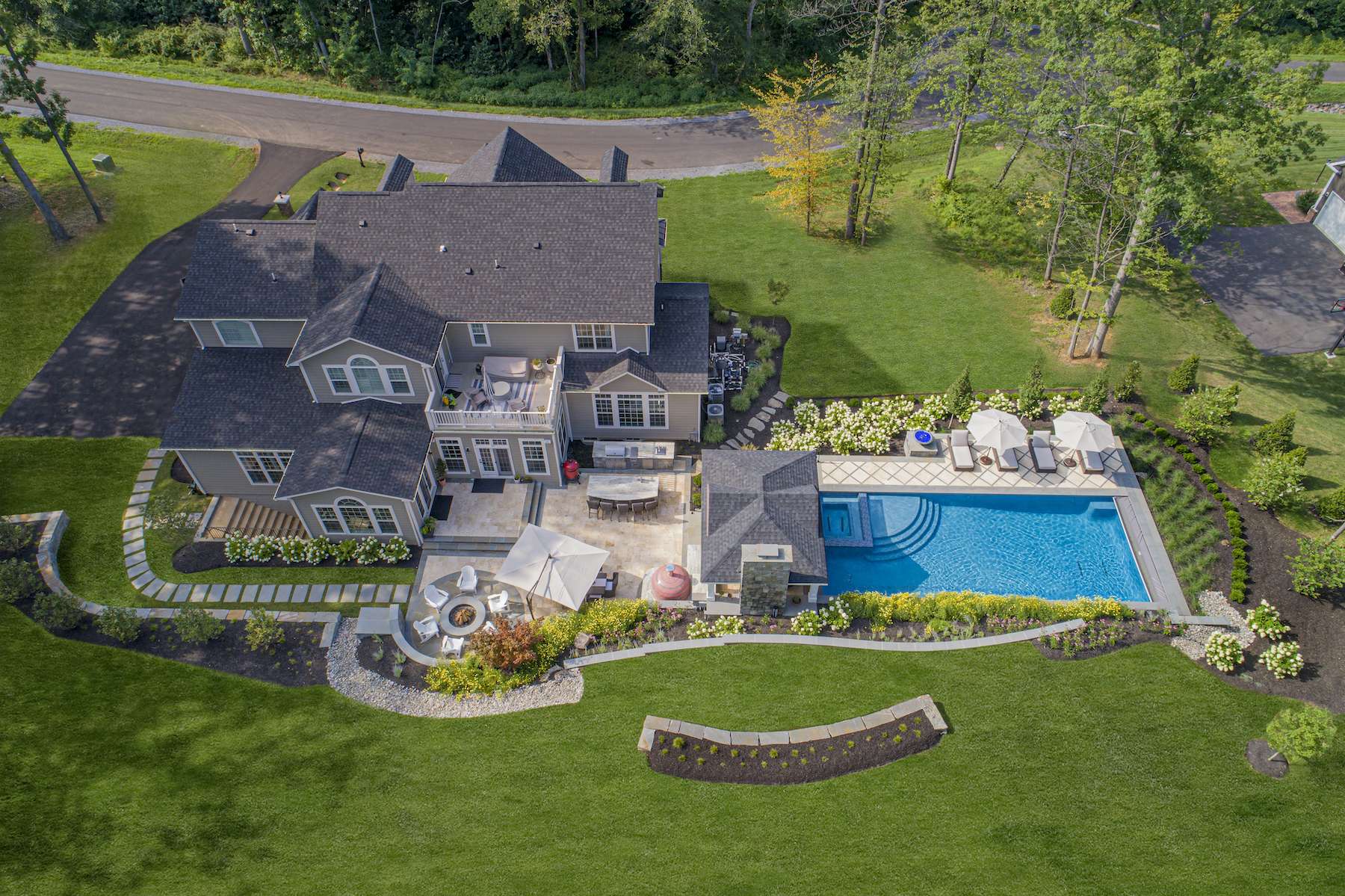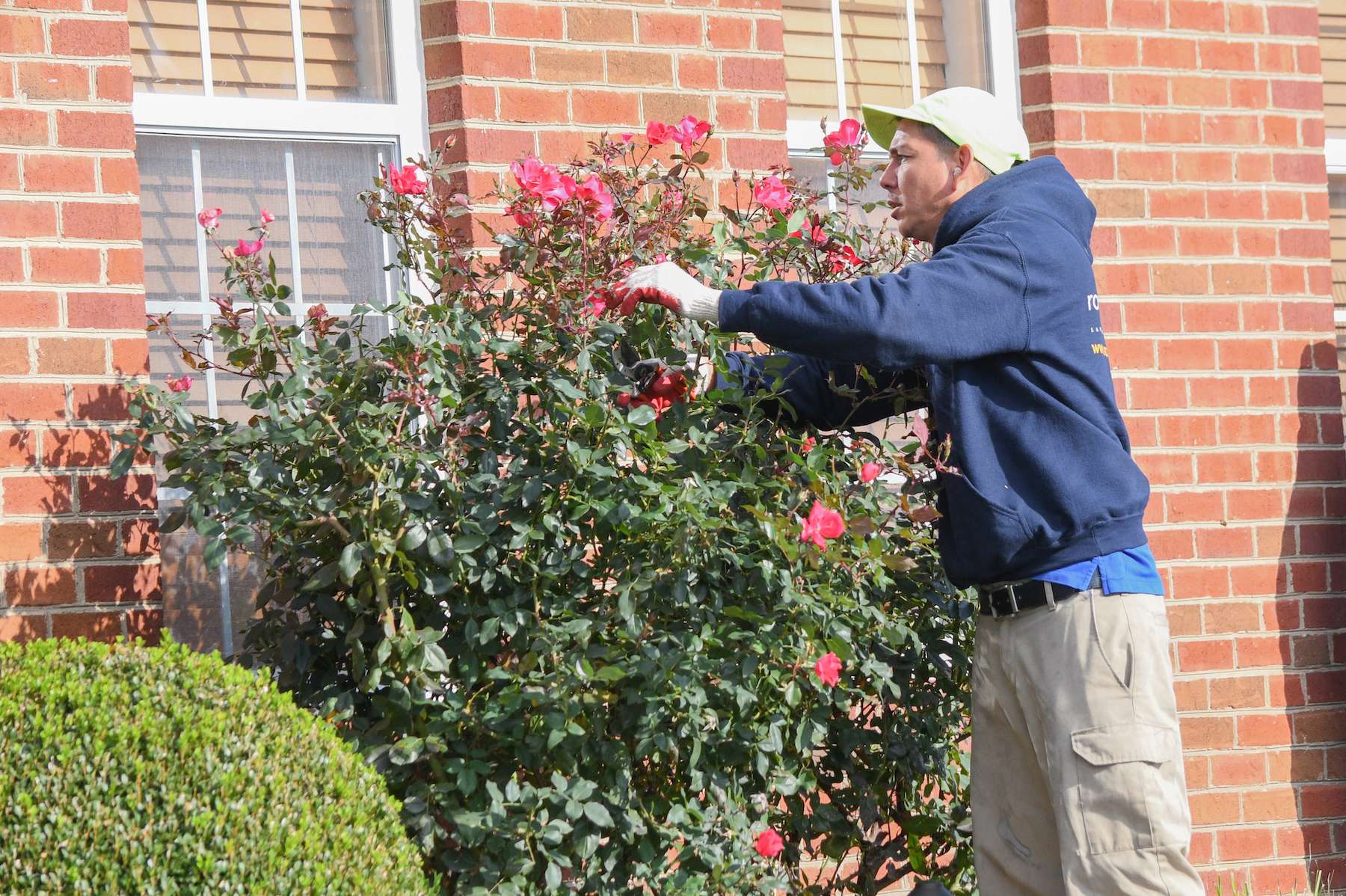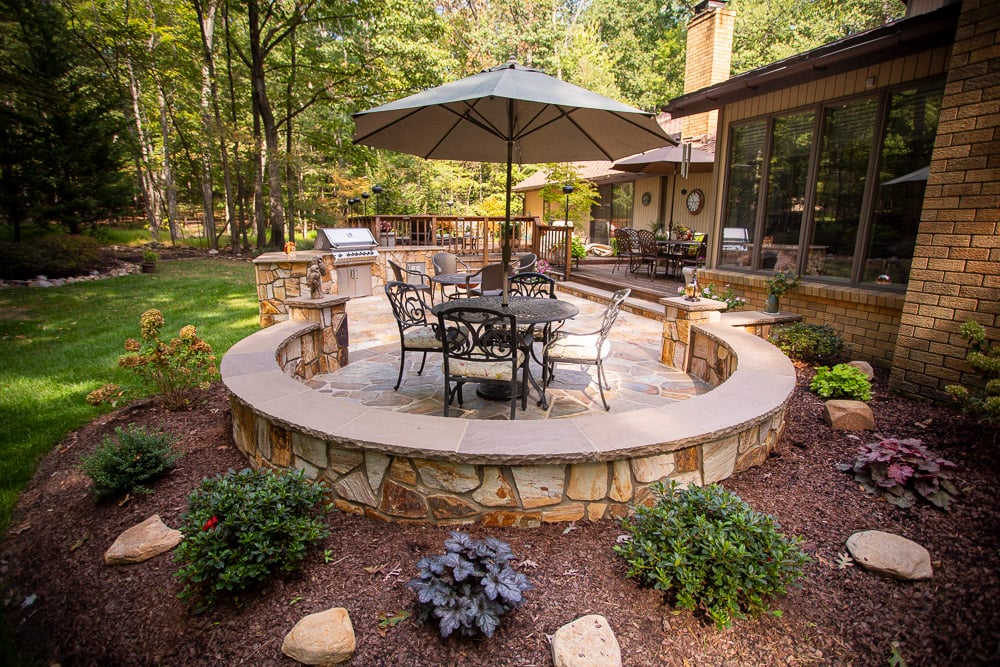When it comes to incorporating color in landscape design, you want to make sure that your landscaper is keeping some important principles of design in mind. One of the best things about incorporating “color” is how it can significantly impact the wow factor and curb appeal.
But color choices can also go awry if care is not taken. The proper use of color is really critical when it comes to getting the most possible value and appeal out of your landscape design.
Here are some basic considerations when using color in landscaping. These will help when it comes to creating the most appealing landscape design in Northern Virginia.
What to Know About the Importance of Color in Landscape Design
Taking the opportunity to use color in the landscape can be a wonderful way to boost your curb appeal (as well as your own enjoyment of your property).

These are a few color considerations that should be made when it comes to potential landscape color schemes in your project.
Color Harmony
When it comes to using color in landscaping, your landscape designer will think about something called “color harmony.” This is simply the idea that colors should be arranged in a way that is pleasing to the eye.
Color harmony should create both balance and appeal.
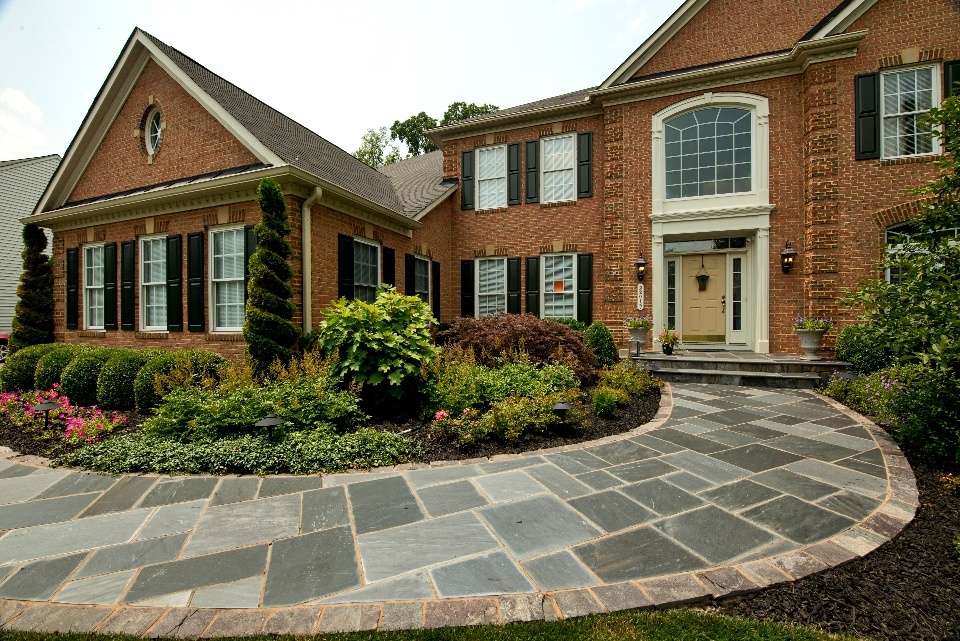
Typically, this means avoiding any extreme variation in color. For instance, most likely you would not want “one of each” of a dozen different color variations. This is going to look “busy” or even “messy” to the eye.
Too much visual stimulation from excessive variety can feel chaotic and unpleasant. This is why we generally recommend “block grouping” of colors. Rather than having a whole mix of different colors together, you would have large groups of individual colors collectively planted together.
Color Relationships
Your landscape designer will also think about something called “color relationships” when using color in landscaping.
This simply means thinking about how colors “go” together. There are two types of color relationships: Complimentary colors (those colors opposite each other on the color wheel) and analogous colors (those that are next to each other on the color wheel).
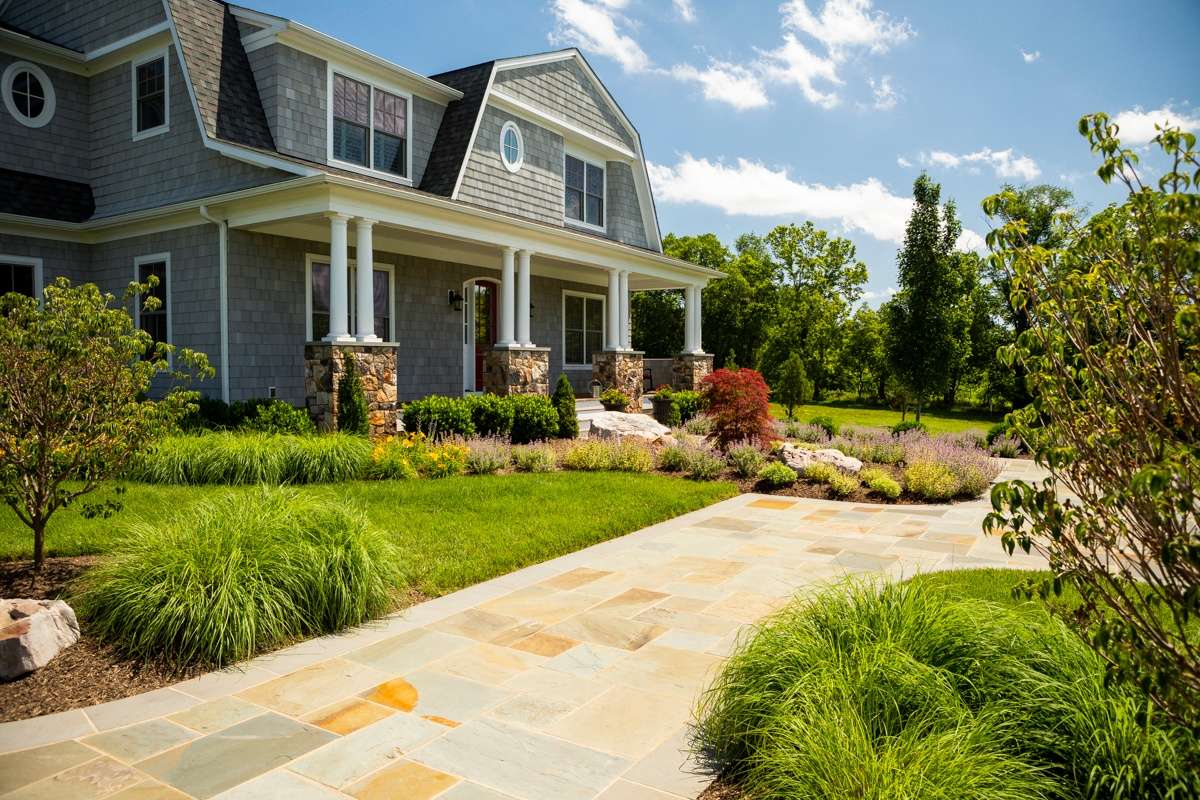
Complimentary colors are said to “bring out the best” in each other. Red and green, for instance, are more vibrant when they are next to one another. But analogous colors are quite similar in nature so they will blend in a more gradual way.
There is no right or wrong answer to using color relationships…it’s simply a matter of personal preference and the look that you and your landscape designer are trying to achieve. In different areas of the property, you might want to use landscape color schemes in different ways.
Color Choice
There’s a lot of personal preference involved in specific color choices and a landscape designer should definitely consider what colors you prefer. Some people have very specific reasons why they like certain colors over others.
But there are also “feelings” associated with various colors.
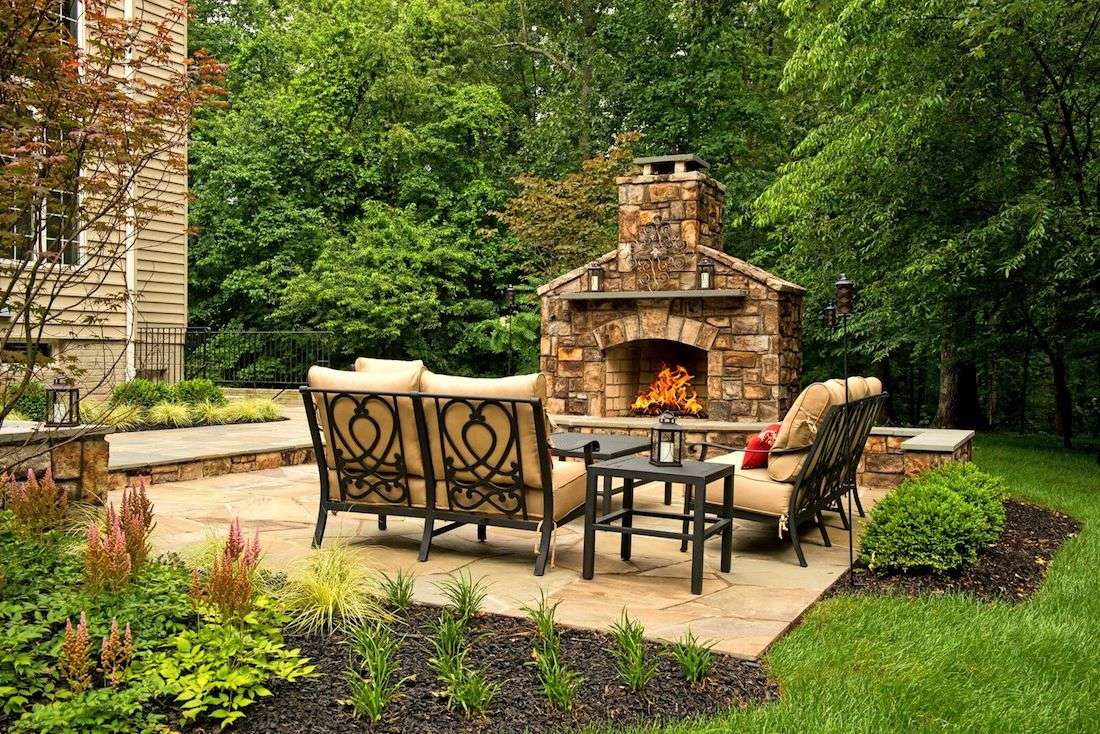
Strong and bright colors like reds, yellows, and greens are said to make people feel more energized. They can also be attention-grabbing and really stand out from the rest of the landscape.
But colors that are more muted like lighter pastel shades, pinks, and whites can make people feel calmer. And in a “busier” area of the landscape (where you already have a lot going on), these less-intense colors might make better choices so that it’s not like there’s a competition going on.
Another consideration with color choice is the surrounding colors of your property. Surely, your addition of plants and flowers won’t be the only “color” in your outdoor spaces.
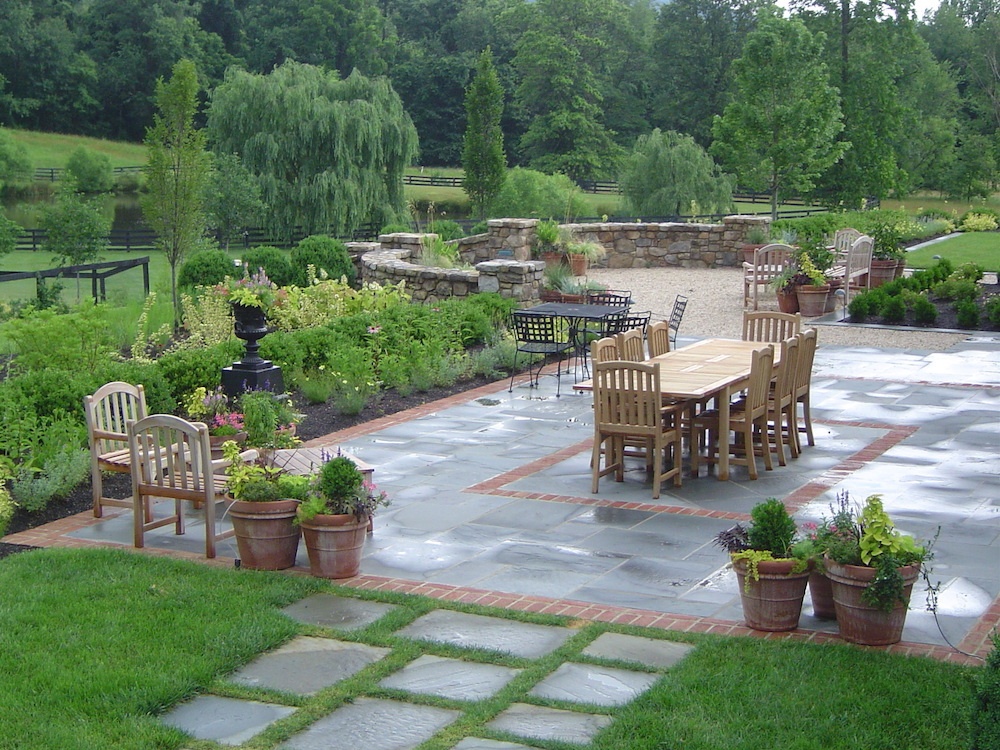
Perhaps your house is a certain color that might be best complemented by other specific colors in the landscape. Or, perhaps there are other elements of your landscape (like statues or structures) that need to be considered when using color in landscaping.
There’s obviously much to consider, but in the end, so much of it really is a personal preference.
If you have very specific color preferences, it’s important to talk to your landscape designer about how they plan to use color in your landscape design.
Don’t Be Stressed about Color in Your Landscape Design
We know this is a lot to consider but it’s certainly not something that we want you to be stressed over.
Color theory can be very complex and there are entire art classes about it! But the good news is that it doesn’t have to be your worry if you’re working with a good landscape designer.
A strong landscape designer already has an eye for design and will take all of these color considerations into account when creating your landscape design in Northern Virginia.
That means that you’re going to be pleased with the end result when your landscape project is finished. While you might not understand every decision that went into using color in landscaping, you’ll just know that it looks spectacular and makes you feel great! That’s what great color in landscape design can do!
Like many other aspects of your project, it boils down to choosing the right landscape designer in the first place.
Since great design is at the heart of your project’s success, you want to feel confident that you’ve chosen the right company for the job.
We’d love for you to let Rock Water Farm be your guide in this process. Before you even make your final decision, know that we are here to answer any questions that you may have.
Are you ready to get started on the outdoor living space of your dreams at your Haymarket, Gainesville, or Purcellville, VA home? If so, talk to an expert, choose a solution that rocks, and get ready to see your dreams begin to take shape!


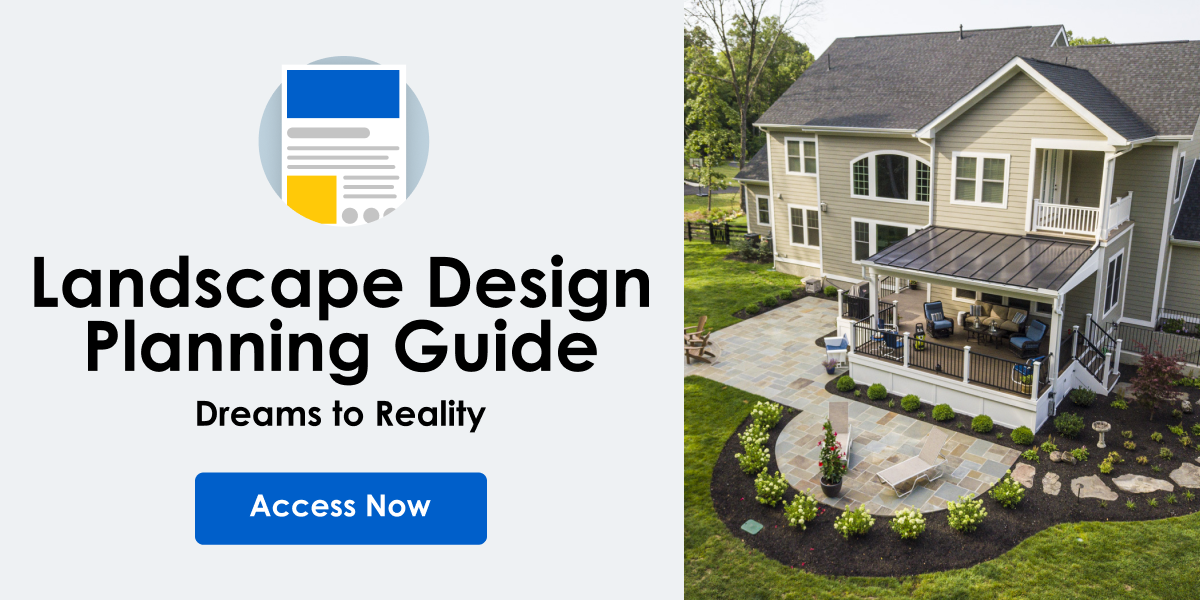

%20Facebook%202025-03-17%20at%201.11.44%20PM.jpg)
